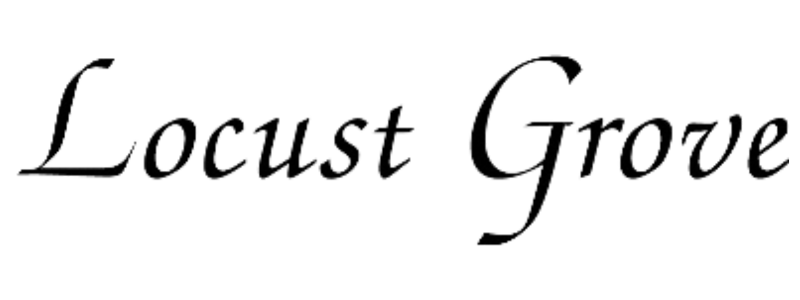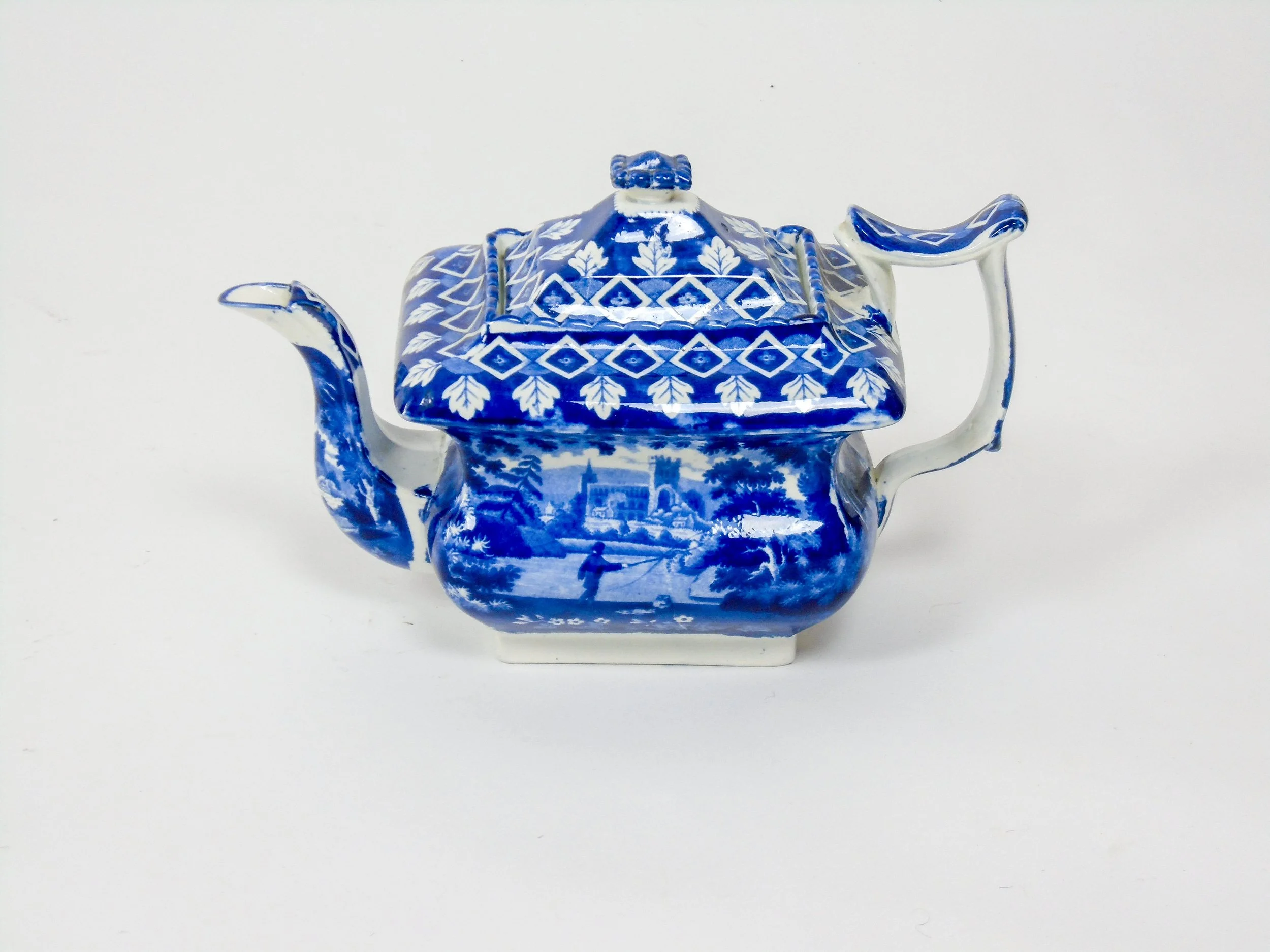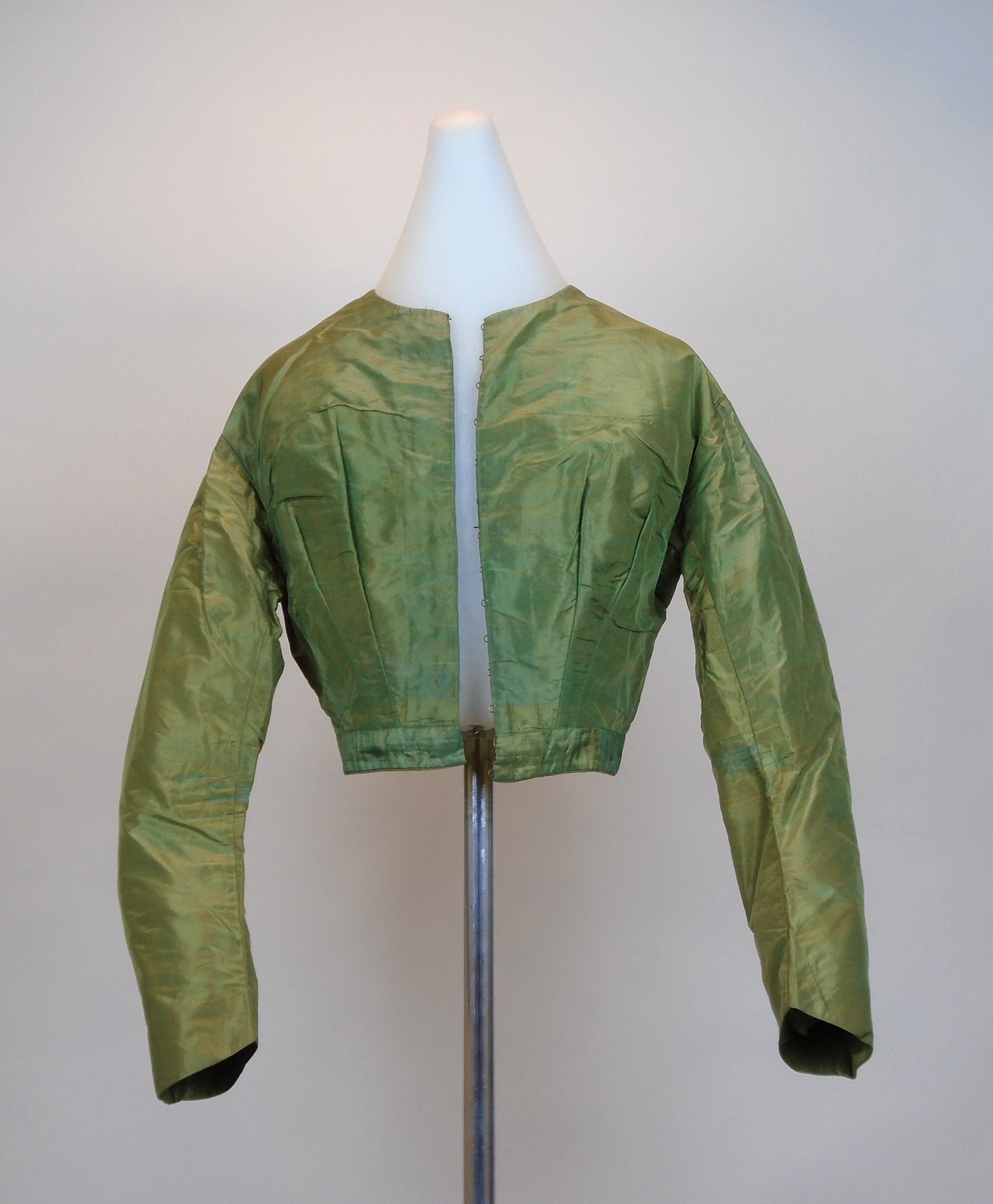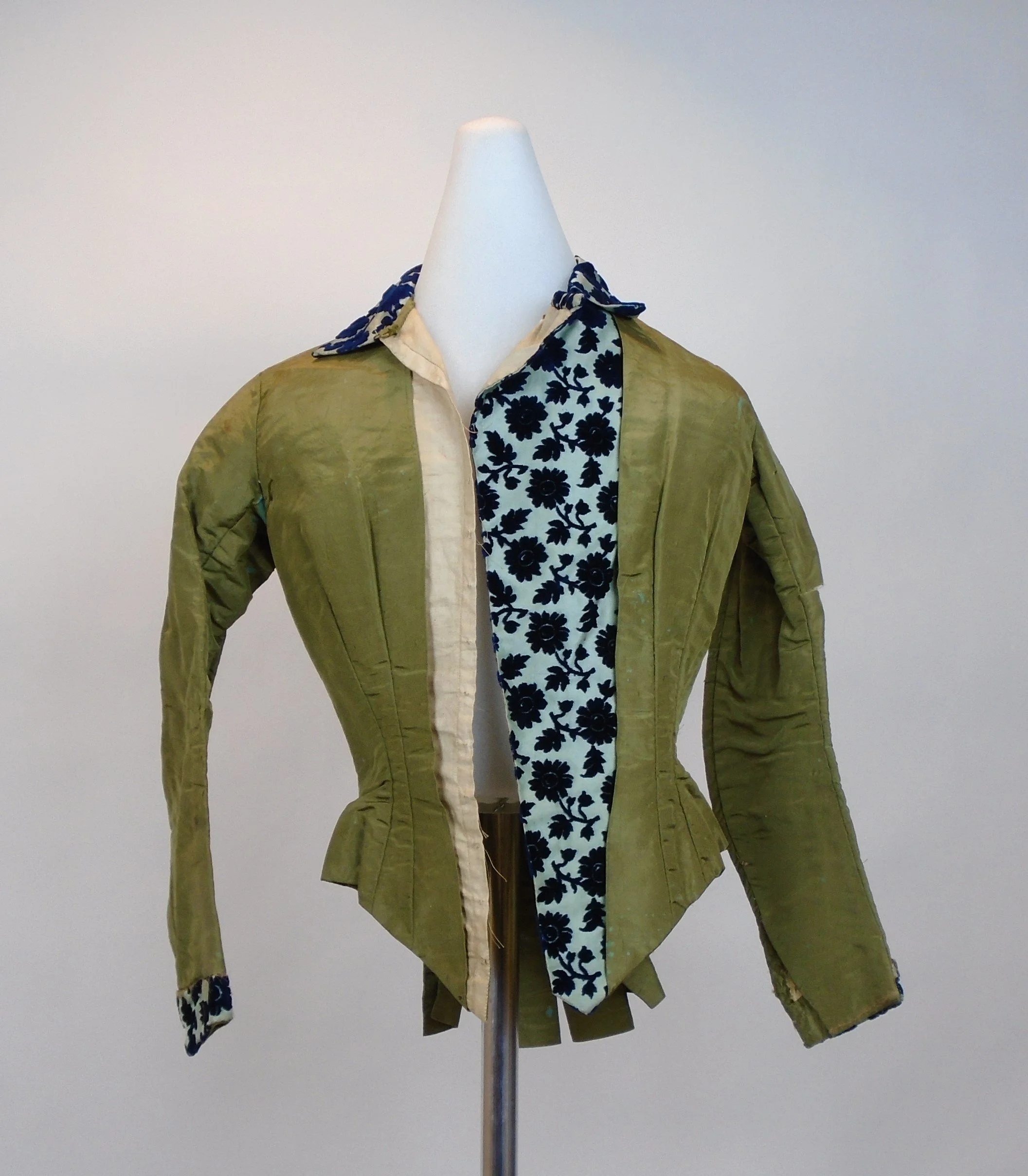Hair Combs of Locust Grove
Hair combs were an important part of women's hairstyling in the 19th and early 20th centuries, and they served both decorative and practical purposes. Throughout these years women primarily wore their hair up in styles that ranged from practically simple to outrageously ornate. Hair combs could be used to help secure these styles, and also adorn them, sometimes in addition to other hair accessories such as ribbons and flowers.
Curved Hair Comb
American
c. early 19th-Century
Circular Hair Comb
American
c. 19th-Century
Carved Hair Comb
American
c. 19th-Century
Set of Two Hair Combs
American or European
c. late 19th-Century
Tiara Hair Comb
American or European
c. 19th-Century
More than three dozen hair combs in a variety of shapes belonging to four generations of the Young family survive in the Locust Grove collection today.
Set of Two Hair Pins
American
c. late 19th-Century
Butterfly Hair Pin
American or European
c. late 19th-Century
Hinged Crown Hair Comb
American or European
c. late 19th-Century
Hair combs could be worn throughout the day and there was much variety in how ornate they were. Tortoise-shell combs, or combs made of horn to imitate tortoise-shell, were the most popular, but they could also be made of metal, or decorated with jewels. From straight pins to fanciful crowned combs, the different designs were endless.
Pictured here, Hylah Bevier Hasbrouck - in an 1826 portrait by Ammmi Phillips - wears a curved hair comb. Hylah's great-granddaughter, Annette Young, founded the museum at Locust Grove to preserve five generations of her family's collections.
More Highlights





















